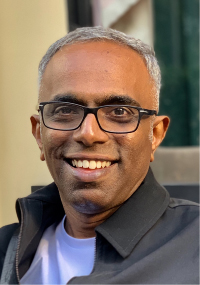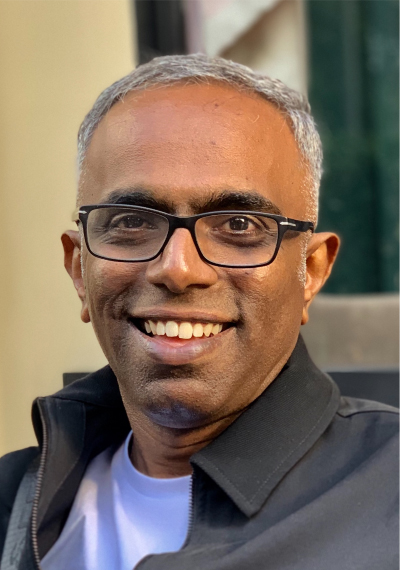At a recent conference, I shifted uneasily in my chair as the discussion veered around benchmarks for for ‘good’ Learning & Development organisations.
The standard ‘metrics’ were discussed. Like Programs, budgets, ( % of L&D budgets to Turnover, profit etc etc ).
These so called ‘measures’ are spoken with so much of clarity and ease that these can be mistaken to be the answer. They inevitably tend to form a veil of sorts over other important questions. Sure, budgets and other resources are important. How much the organisation is willing to spend on the Development of its people is a question that is important. But it also one that also beseeches some more questions.
The chief question being : What / Where is the money being spent on?
Especially so in a connected world. Here are some questions that have been on my mind.
Have L&D functions reorganised how we are structured? Cared to pause and look at our outlook ? Have we changed the pecking order of our priorities ? Especially so, to suit the needs of a workforce whose outlook towards development ( both the ‘message’ and the ‘means’) is so strikingly different than those of earlier times.
Personally, I think we have a distance to cover.
The workplace is a microcosm of the societies that we live in. Changes that fundamentally impact society impact the workplace as well. Enough ( & more) has been written about the role of Social Media in the Arab Spring uprising and such else. These have brought about downfalls in regimes with military might that lorded over for several decades.
The networked world has brought about a seismic shift in possibilities, ways of life and living. It is only natural to factor these in designing organizational policies, practices and approaches. Yes, L&D interventions too.
In a networked world, L&D is not the prime ‘provider’ of resources for learning. Perhaps that was true of an earlier era, when knowledge was limited and separated by geography and a certain lack of scale in reaching out to one another.
The role of L&D is different, in the era of the ‘Smart’ worker
Jane Hart lays out the key options that are available for facilitating learning and performance in a survey.
Source is here
The results of the survey are here
Formal training goes right to the bottom with only 14% thinking of respondents thinking of it to be an effective way to learn. Now pause for a minute. This isn’t one more blogpost which attempts to riddle ‘formal training’ with bullets. The need of the hour is to see what suits the requirements of a fundamentally different workforce now.
What kind of conversations happen post formal events ? What kind of work related contexts are set for the learner before a learning event? What kind of seamless avenues / processes have been created ( by L&D / org ) for employees to search, seek and leverage each other’s expertise?
It is going to take a while for L&D teams to adjust our sails. If L&D is drifting, it is only fit that realization dawns on us that winds that were blowing have now begun blowing in a very different direction!
If the compass is pointing in a different direction, it is best to re calibrate everything. Including measures and metrics !



Nice Post, Kavi !
Few points to ponder,
According to Jay Cross(Internet Time Alliance), a L&D department must shift direction in three areas:
1) Embracing complexity and adaption to uncertainty- Nothing is sure any more, here are some practical examples for learning professionals a) PROBE – Prototype,Field test,Accept Life in Beta, Welcome small failures b) SENSE- Listen, Enable conversations, Look for patterns, LeRn together c) RESPOND – Support the work, Connect people, Share experiences, Develop tools
2) Inverting the Pyramid – Hierarchies may not die in the future but they may have to co-exist with a new form of workplace organization
Continued from my previous comment…
Wirearchy(Researcher Jon Husband says that wirearchy is ” a dynamic two way flow of power and authority based on information,knowledge, trust and credibility,enabled by interconnected people and technology “.
and finally, 3) Adopting new models of learning – the main objective of the new L&D departments is to enable knowledge to flow in the Organizations.The primary function of learning professionals within this new work model is connecting and communicating, based on three core process a) Facilitating collaborative work and learning amongst workers,especially peers b) Sensing patterns and helping to develop emergent work and learning practices c) Working with management to fund and develop appropriate tools and processess.
Perhaps the time has come, Kavi !
BECOME A CHIEF META-LEARNING OFFICIER
Sanjith